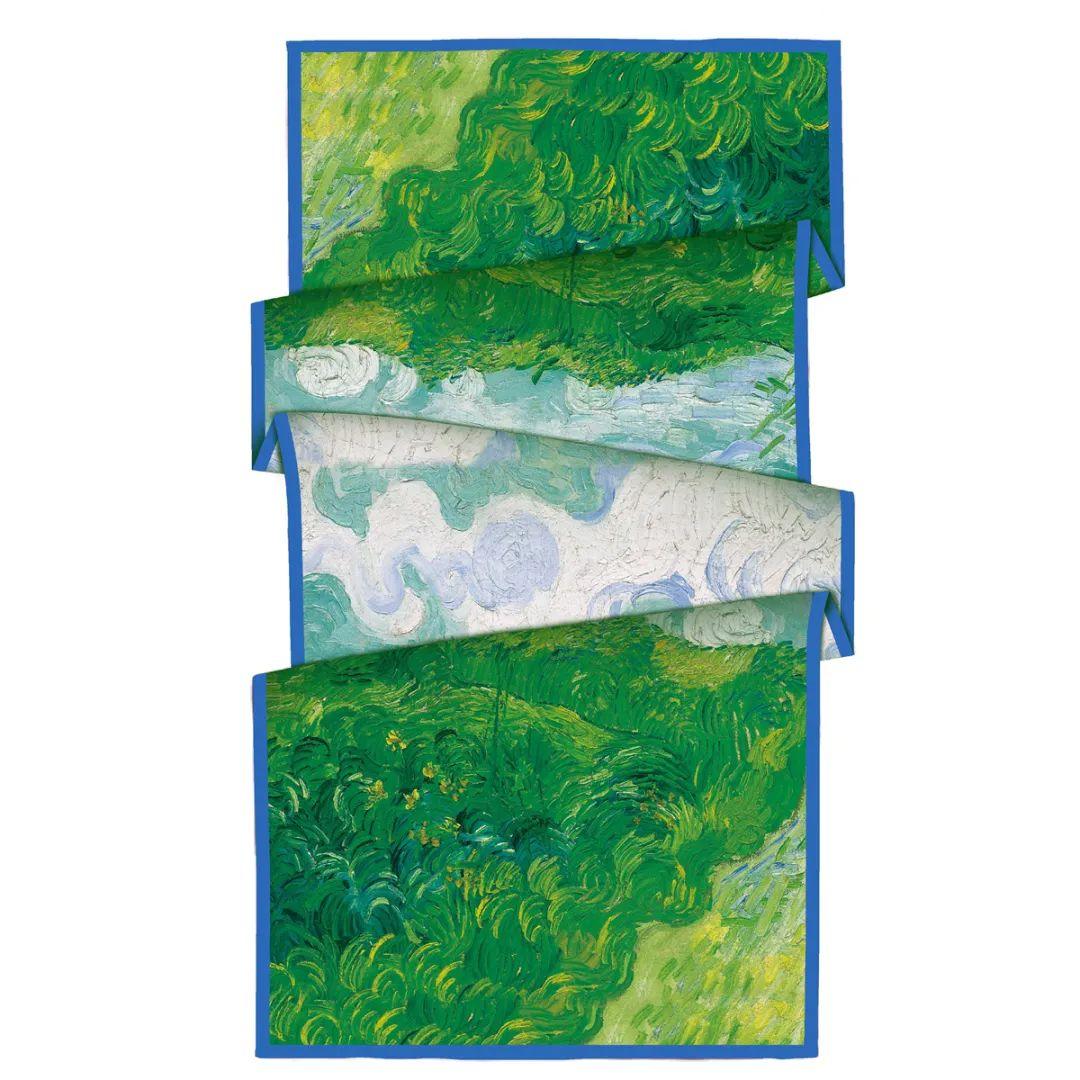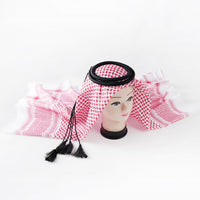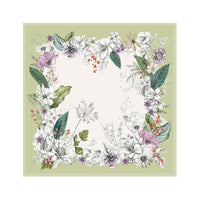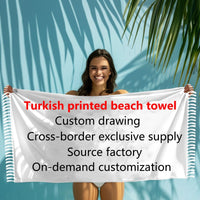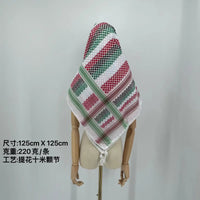What Countries Can Wear Keffiyeh?
The keffiyeh, also known as kufiyyeh, ghutrah, shemagh, or ḥaṭṭah, is a traditional headdress that has been worn for centuries in various parts of the Middle East. This iconic piece of attire is not only a practical garment but also a symbol of cultural identity and political solidarity. In this article, we will explore the origins of the keffiyeh, its cultural significance, and the countries where it is traditionally worn.
The Origins of the Keffiyeh
The keffiyeh originated among Bedouins as a practical and protective covering for the head and face, especially in the arid desert climates of the Middle East. Historically, it was used to shield the wearer from the sun, dust, and sand. The term "keffiyeh" itself is derived from the city of Kufa in Iraq, where it is believed the tradition of wearing this headdress began.

Cultural Significance and Symbolism
The keffiyeh has evolved beyond its practical uses to become a powerful symbol of cultural identity and political resistance. In Palestine, the black-and-white checkered keffiyeh is particularly significant, representing Palestinian nationalism and solidarity. During the 1936–39 Arab revolt against the British mandate, the keffiyeh was used to conceal the identities of protestors, and it became a symbol of unity and resistance.
Patterns and Colors
The design and color of the keffiyeh can vary depending on the region. The black-and-white keffiyeh is associated with Palestine, while the red-and-white variation, known as the shumagh, is commonly worn by Bedouins and in Jordan. The all-white ghutrah is primarily worn in the Gulf States, including Bahrain, Qatar, and the United Arab Emirates.
Countries Where the Keffiyeh is Traditionally Worn
1. Palestine
In Palestine, the keffiyeh is a symbol of national pride and resistance. The black-and-white checkered pattern is most commonly associated with Palestinian identity. It gained international recognition through figures like Yasser Arafat, who wore it as a symbol of the Palestinian struggle.
2. Jordan
In Jordan, the red-and-white keffiyeh, or shumagh, is widely worn. It is often seen as part of traditional Jordanian attire and is a symbol of Bedouin heritage. The shumagh is also worn by the Jordanian military and police forces.

3. Saudi Arabia
The ghutrah, an all-white version of the keffiyeh, is commonly worn in Saudi Arabia. It is often secured with an agal, a black cord, and is a staple of traditional Saudi attire. The ghutrah provides protection from the harsh desert climate and is a symbol of Saudi cultural identity.
4. Iraq
In Iraq, the keffiyeh is worn by various ethnic groups, including Arabs, Kurds, and Yazidis. The Iraqi Turkmen call it jamadani. It is a practical garment for protection against the sun and sand and also carries cultural significance.
5. Syria
Similar to other Middle Eastern countries, the keffiyeh in Syria is worn for both practical and cultural reasons. The patterns and colors can vary, but it remains a significant part of traditional Syrian attire.
6. Yemen
In Yemen, the keffiyeh is often worn in a turban style and is an integral part of traditional Yemeni dress. It serves as protection against the sun and is a symbol of Yemeni heritage.
7. United Arab Emirates
The ghutrah is also popular in the United Arab Emirates, where it is worn by men as part of their traditional dress. It is a symbol of Emirati identity and is often seen at official events and ceremonies.
8. Kuwait
In Kuwait, the ghutrah is a common headdress for men. It is worn in a similar style to other Gulf States and is an important part of Kuwaiti cultural attire.

9. Bahrain
Bahrainis also wear the ghutrah as part of their traditional dress. It serves both practical purposes and as a symbol of cultural identity.
10. Qatar
In Qatar, the ghutrah is a staple of traditional Qatari dress. It is worn by men to protect against the sun and as a symbol of Qatari heritage.
The Keffiyeh in Western Culture
In recent years, the keffiyeh has gained popularity in Western fashion, often worn as a scarf or accessory. While this trend has brought the keffiyeh into the global spotlight, it has also sparked debates about cultural appropriation. It is important to recognize and respect the cultural and political significance of the keffiyeh when adopting it as a fashion item.
Conclusion
The keffiyeh is more than just a piece of cloth; it is a symbol of cultural identity, political resistance, and solidarity. Traditionally worn in various countries across the Middle East, the keffiyeh has a rich history and deep cultural significance. Whether worn for practical reasons or as a statement of identity, the keffiyeh continues to be an enduring symbol in the Arab world.
